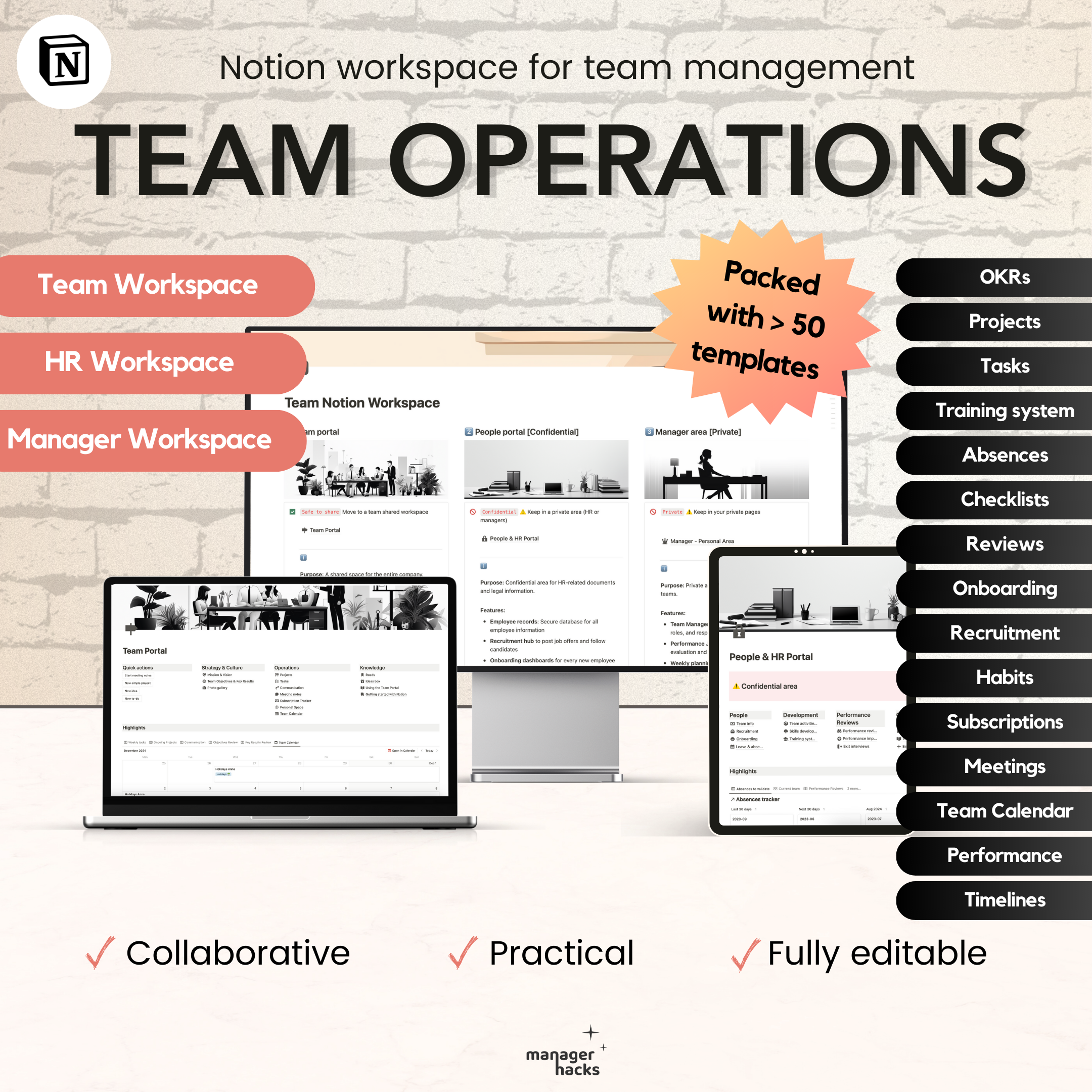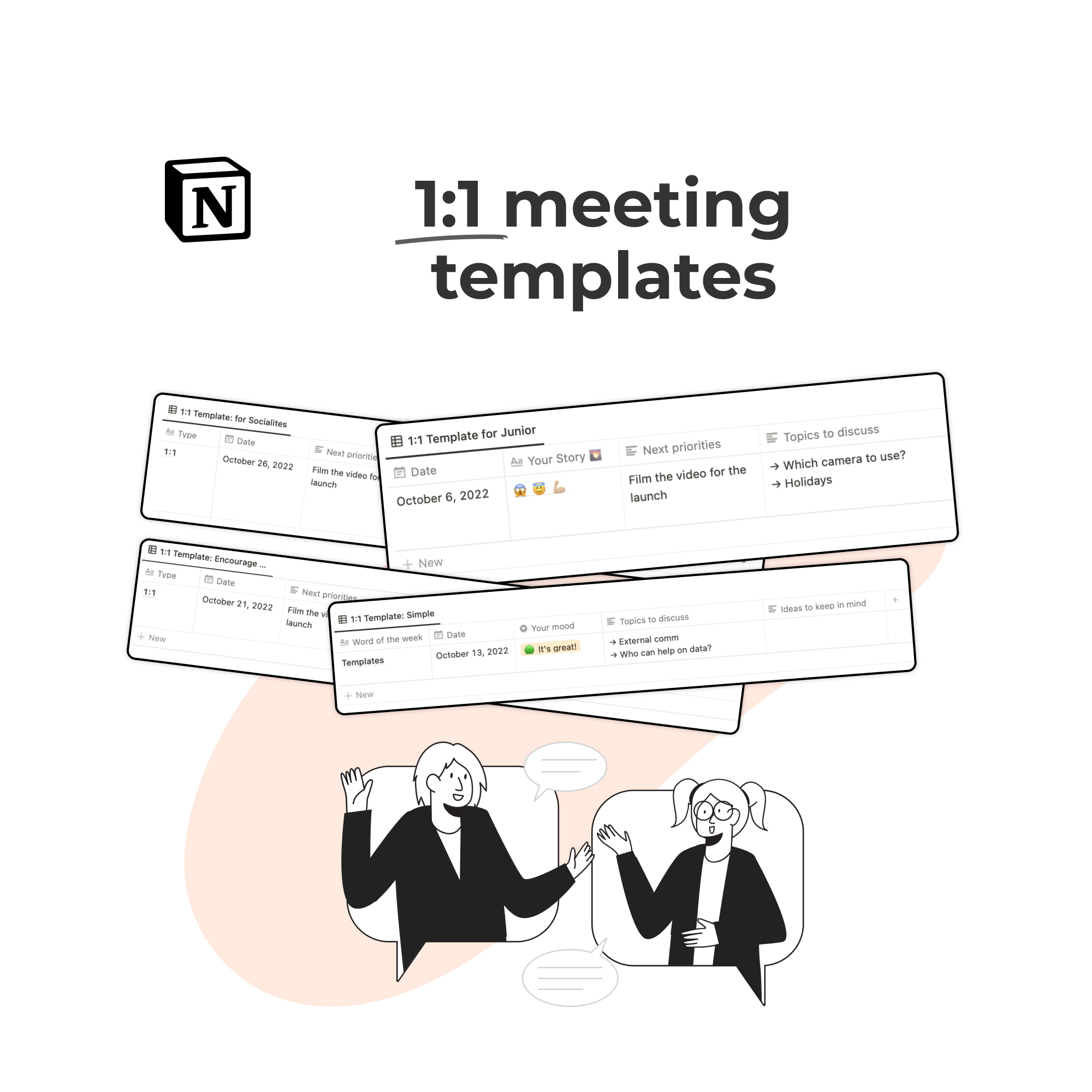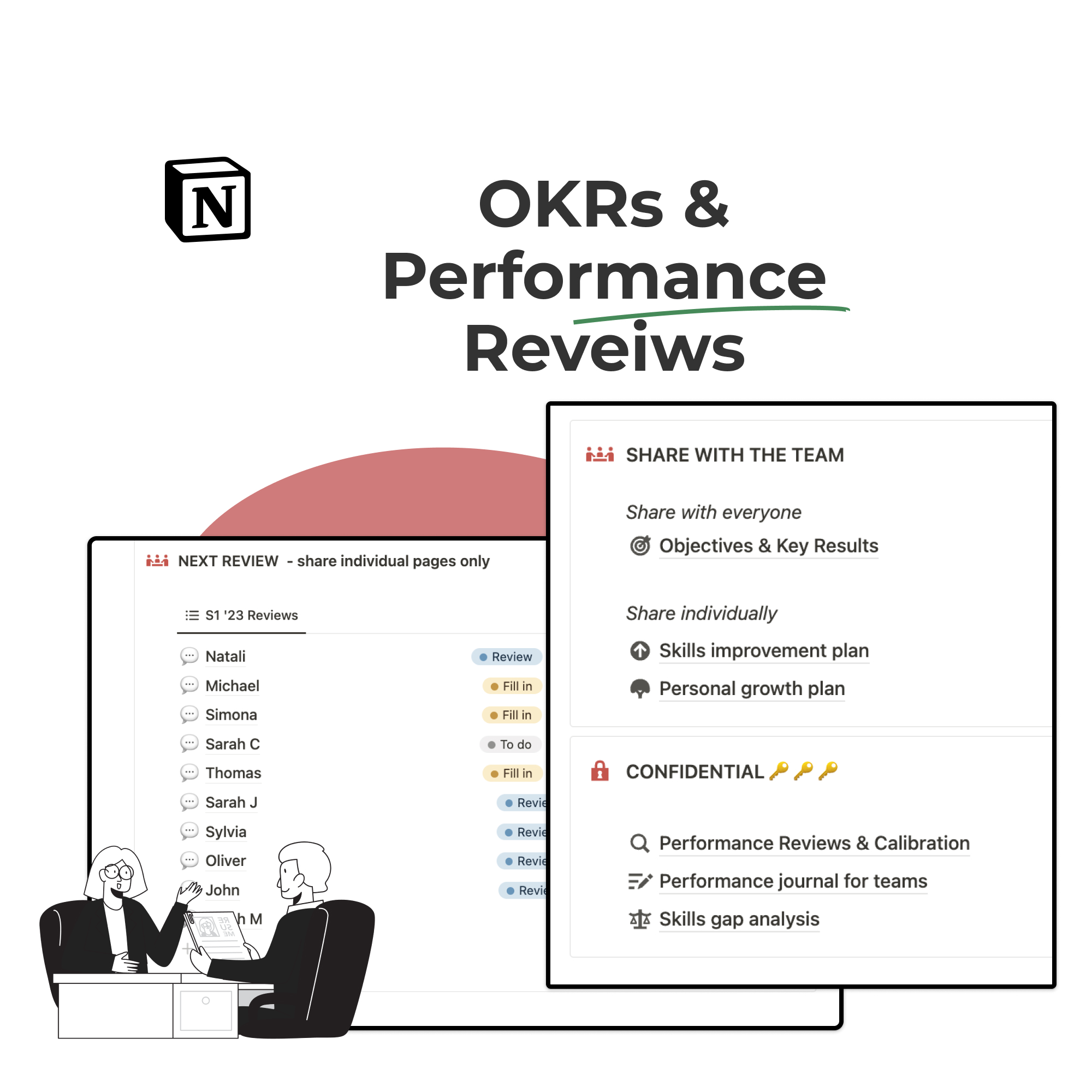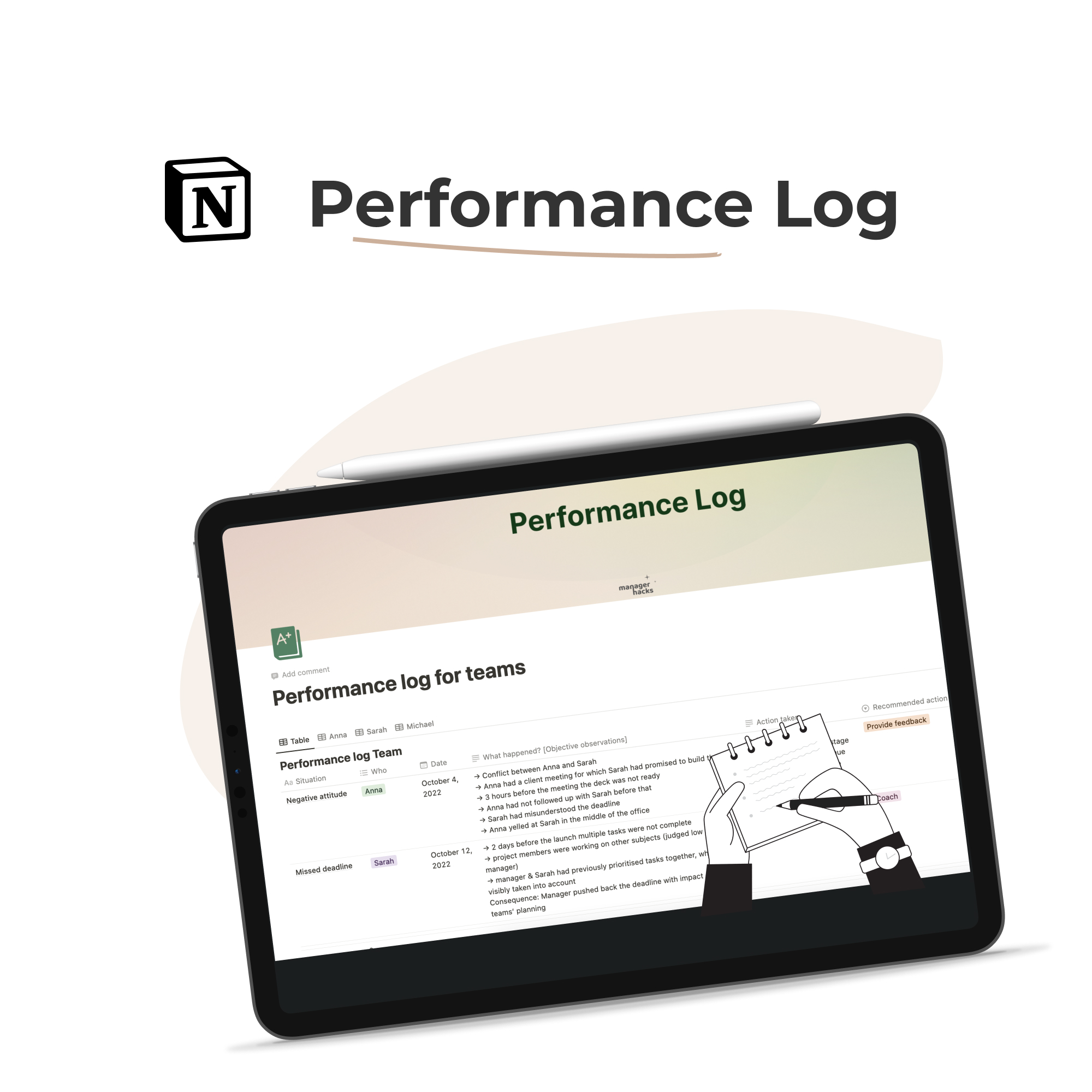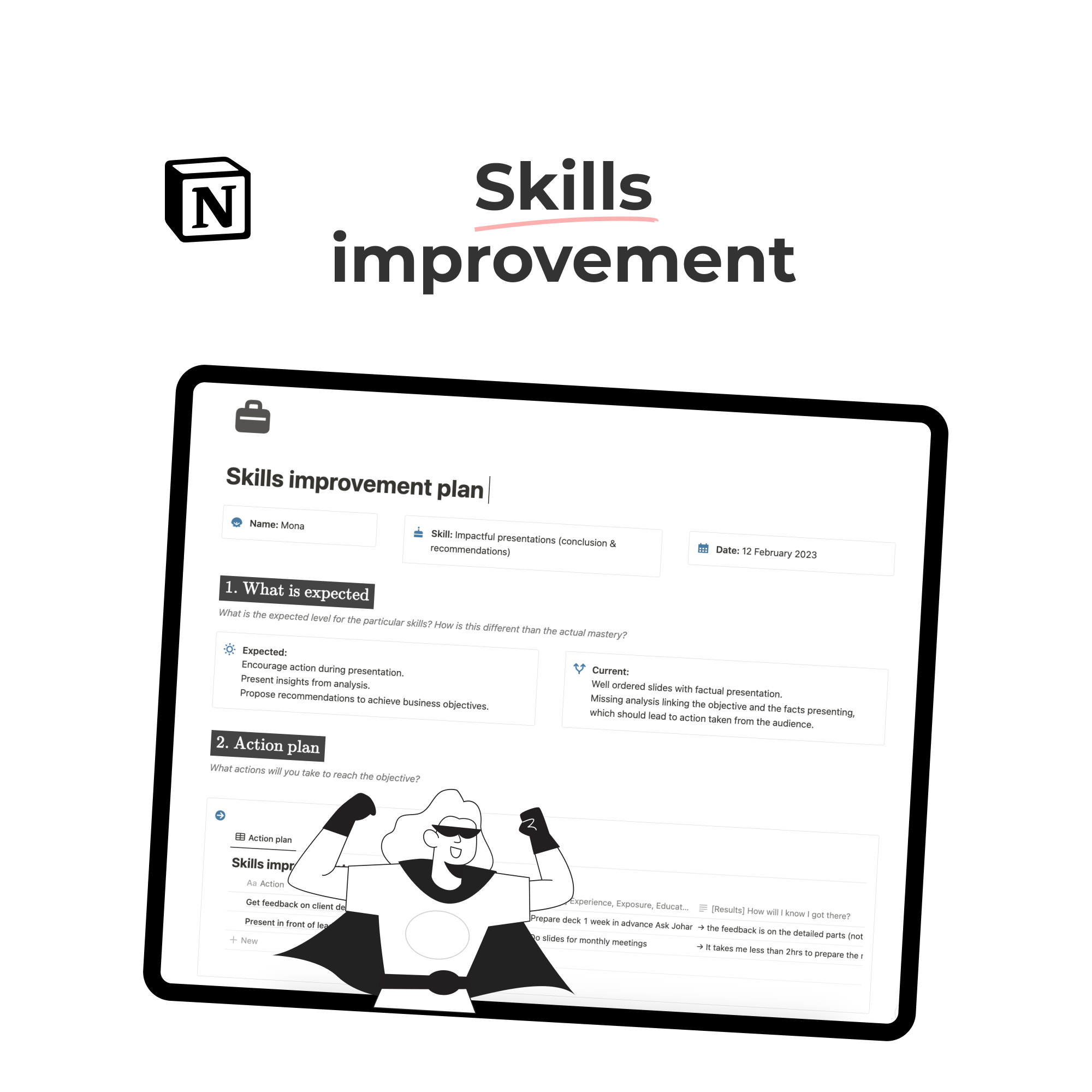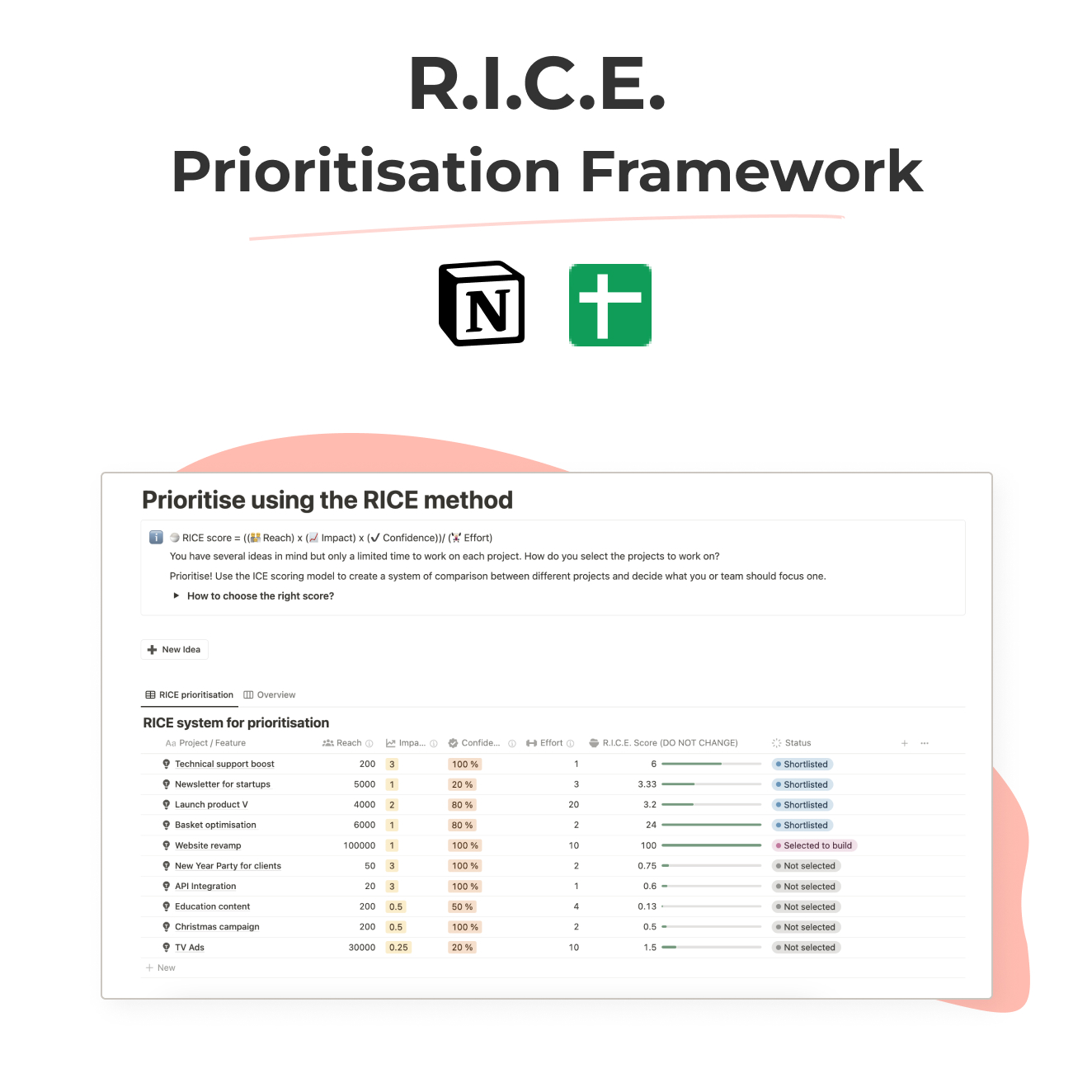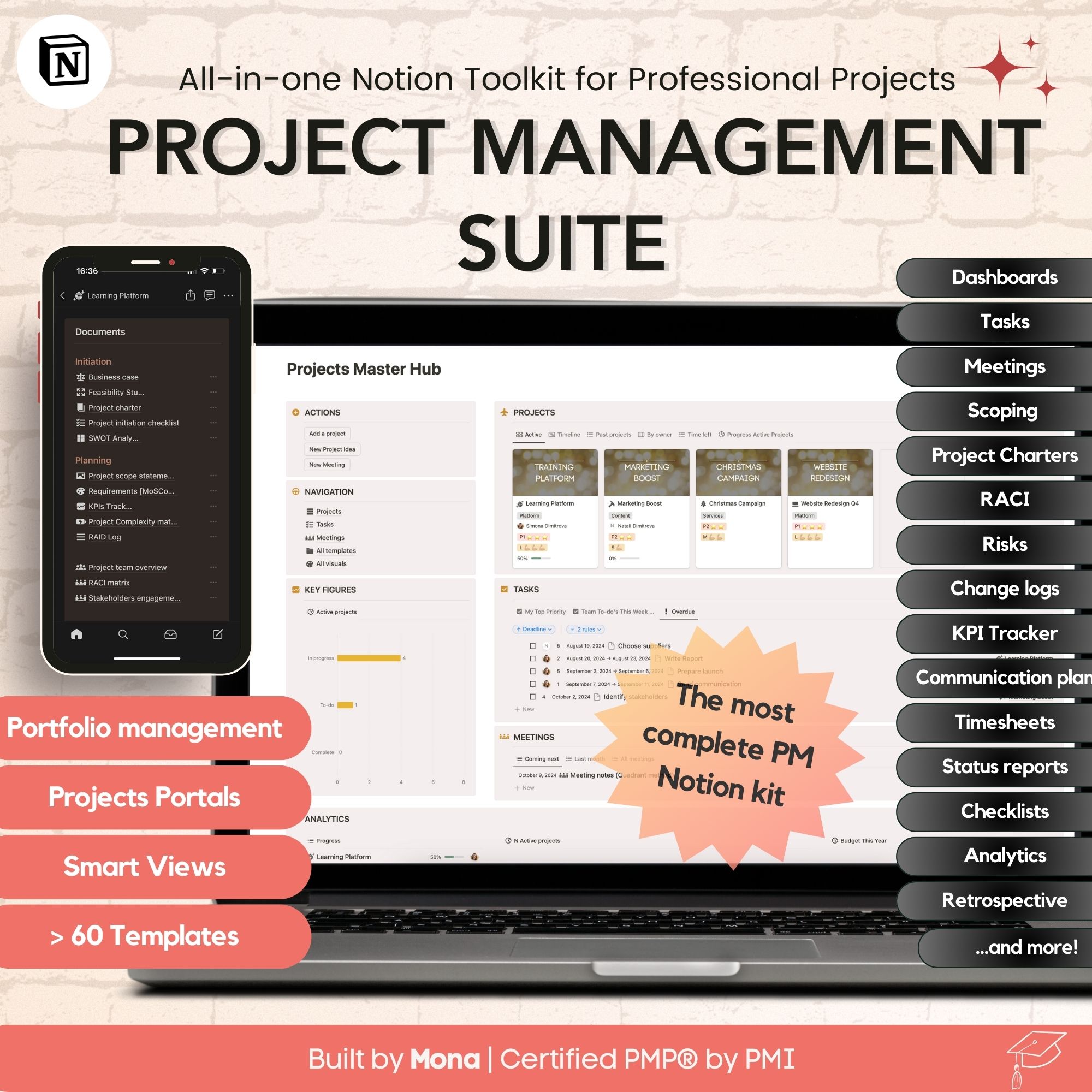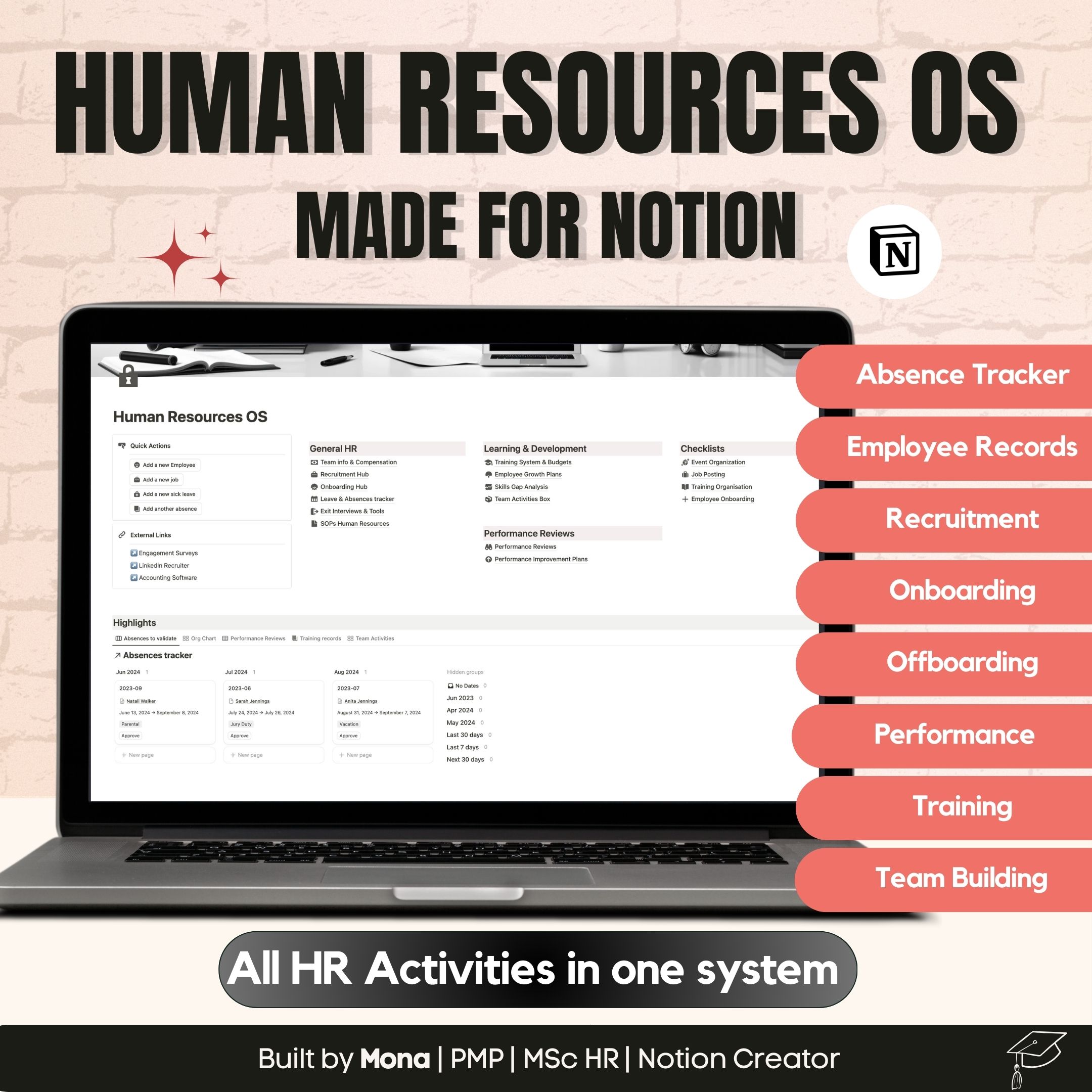
Maximise Team Productivity: Tools and Guidelines for Effective Organisation with Roadmaps, Projects, and Tasks
The Illusion of Competence
When you advance in your career, you might get the impression prioritisation is a piece of cake. You might even believe you have reached some ultimate level of a black belt mastery in prioritisation and task management.
Then, managing a team happens. Suddenly, you realise that you need to manage not just your tasks but the collective workload of your entire team. You may feel a bit overwhelmed, and it’s absolutely normal — before becoming people managers, we often overestimate our skills in prioritisation, team project management, and structuring the work of a team. The question is, “What actually works?”.
Below I will share some of my insights from the past 10 years of translating a high-level vision into roadmaps, projects, and tasks, especially in fast-growing organisations.
The Key: Break it Down and Advance One Step at a Time
When I first became a people manager, I thought that my background as a project leader and a product manager with some experience of “non-hierarchical” leadership had prepared me for what’s to come. However, I was missing a key element — the humans in your team have their own histories, agendas, aspirations, and motivations.
While everyone is different (and no one should convince you otherwise), we all have the same innate need to see the big picture and believe in what we are doing — in the workplace, we need a purpose. Hopefully, within the overall vision from the company, you have an ambitious and compelling vision that you and your team members relate to. If you want to be a star manager, you should start by embedding this vision and your work into a “purpose statement”.
From purpose to tasks — the breakdown exercise
Step 1: Building your team purpose
The goal of your “team purpose” is to give a statement to your team that is easy to grasp and helps them remember why they show up every day and work with you.
For example, in my team, “We help build better users.” I lead the Education team of a SaaS company. We build and distribute self-serve educational content for our users. We ensure users know how to use the product, see its value, and experience personal growth through our educational services. By using the short “we build better users,” we bring several concepts together: customer centricity, continuous improvement, and the importance of velocity in production.
From there, when we wonder if we should take up a new topic, or a project, it’s easy to figure out if it fits our purpose, or not.
To define your team purpose, try answering the following questions and see what words come up. (Why not do this with your team?)
→ What really drives us? (i.e. why do I keep showing up every day?)
→ What is our unique trait? (i.e. what is our competitive advantage?)
→ Who is our work impacting? (i.e. who are we doing this for?)
→ What do we want to be remembered for? (i.e. what legacy do we want to leave behind?)
→ Complete this sentence: “Every day, we fight the good fight for…”
After discussing these questions, collate the responses and look for patterns or keywords that stand out. You’ll be surprised that the purpose statement starts forming itself only after 5 questions.
Step 2: From purpose to roadmaps
Once you have your team purpose, it’s time to get closer to reality with roadmaps — what does this mean in the coming 6/18/36 months? Formulate your longer-term vision in several levels: long-term dreams, mid-term aspirations, and short-term objectives. Depending on your context, the periodicity of those would differ, so I am trying not to be too prescriptive. If you work in tech, consulting, small, or mid-size companies, it’s safe to assume the following timelines:
- Long-term dreams for the 2–3 years ahead. What will be amazing to achieve in 2–3 years?
- Mid-term aspiration for the next 12–18 months.
- Short-term goals for the next 6 months.
The next step is to ask yourself “What will it take to go there?” & “What do we need to build?” .
Answering those two key questions will help you define the projects that you and your team should bring to reality to achieve your purpose within the current context. I want to point out here that a project is a “temporary activity which leads to a unique result, has a defined start, and end date, and frees the resources at the end of the project”. That means projects can last anything between several days to several months (or years, but I assume you are not building airplanes) but they cannot be continuous tasks — don’t confuse an operational repetitive task with a project.
Once you have the list of projects, you need to align them on a timeline which will build your roadmap. Consider the workload of each project for the people in your team and any other teams that need to be involved. You don’t need a scientific precision at this point, but rather give an idea to your company and stakeholders about the important topics on your plate.
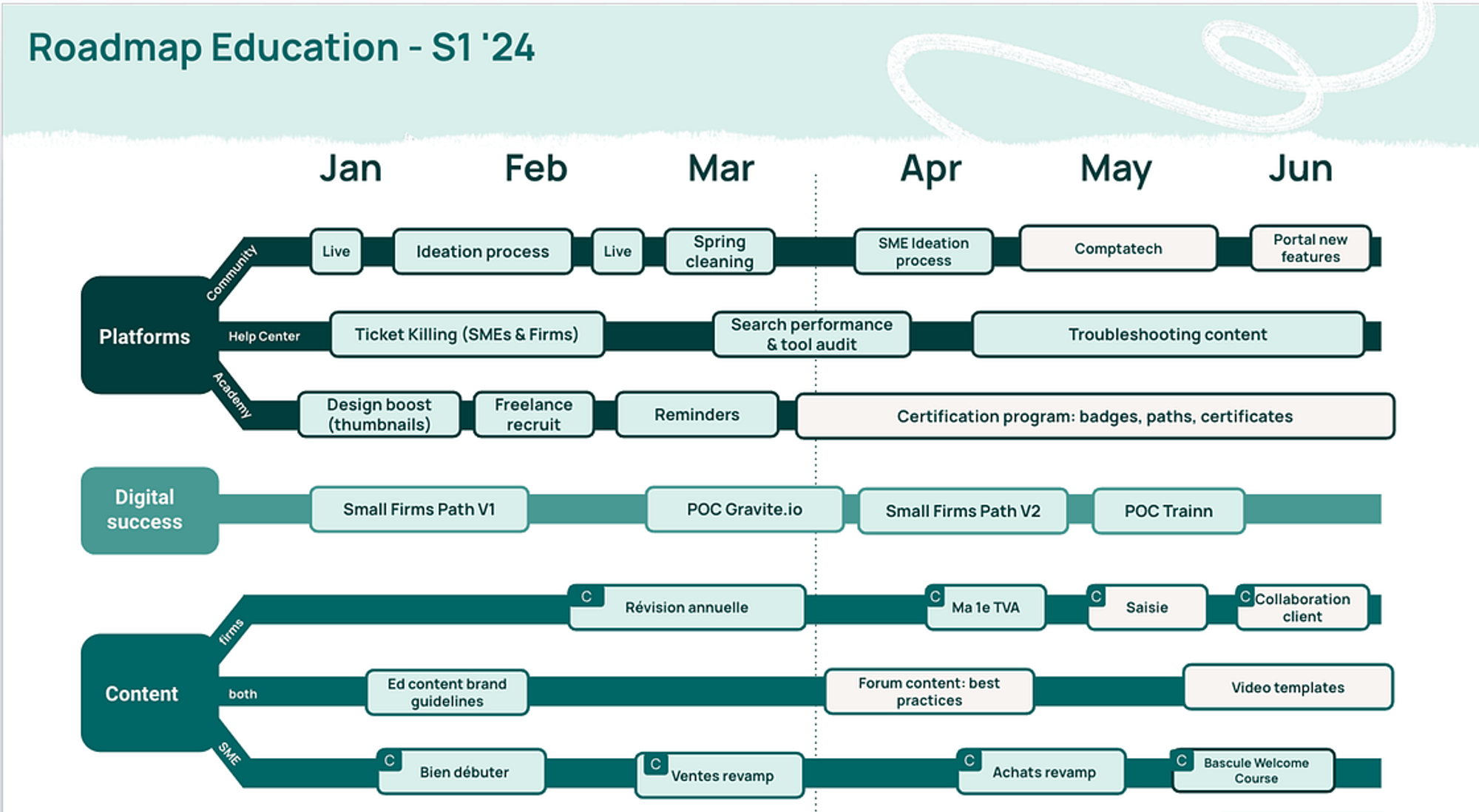
Example of the authors’ 6-months roadmap, excuse me for the “Frenglish”:)
How to prioritise between multiple projects?
When you reach that part of the exercise, you will find yourself needing to prioritise. This is usually when you realise it’s not as easy as you thought, especially if you are in a transversal team or have many dependencies with the market, your clients, and other unpredictable factors.
Whatever the situation, you will need to choose — this is now your job.
As I love tools, here is my favourite prioritisation framework:
🍚 RICE method (Reach, Impact, Confidence, Effort)
You assign scores for each of the four elements and the calculation helps you identify which project would bring you, your team, and your company the most value.
Reach: How many people will be impacted by the project? This could be number of leads, users, employees etc.
Impact: Depending on your context, the Impact score can be a measure of revenue, operational efficiency, productivity etc. Use the following scoring system, developed by the Intercom product team, for estimating the project's impact: 3 = massive impact
2 = high impact
1 = medium impact
.5 = low impact
.25 = minimal impact
Confidence: How confident are you in the success of the project? What about in the pure completion or feasibility of the project? 100% = high confidence
80% = medium confidence
50% = low confidence
20% = moon shot
Effort: How much time will the project require? Use days or months as a measure depending on the scale of your projects (e.g. 20 FTE (full time equivalent) days means it will take 20 full days divided between all project members to complete the project). If you have additional costs linked to the project (e.g. buy a platform licence, make those equal to a person's salary cost - i.e. if a platform costs USD 10,000 per year this is around a fifth of a person's salary or around 2 month FTE) How much time will the project require? Use days or months as a measure depending on the scale of your projects (e.g., 20 FTE (full-time equivalent) days means it will take 20 full days divided among all project members to complete the project). If you have additional costs linked to the project (e.g., buying a platform licence), make those equal to a person's salary cost—i.e., if a platform costs USD 10,000 per year, this is around a fifth of a person's salary or about 2 months FTE.
Here is how this looks as a Notion formula:
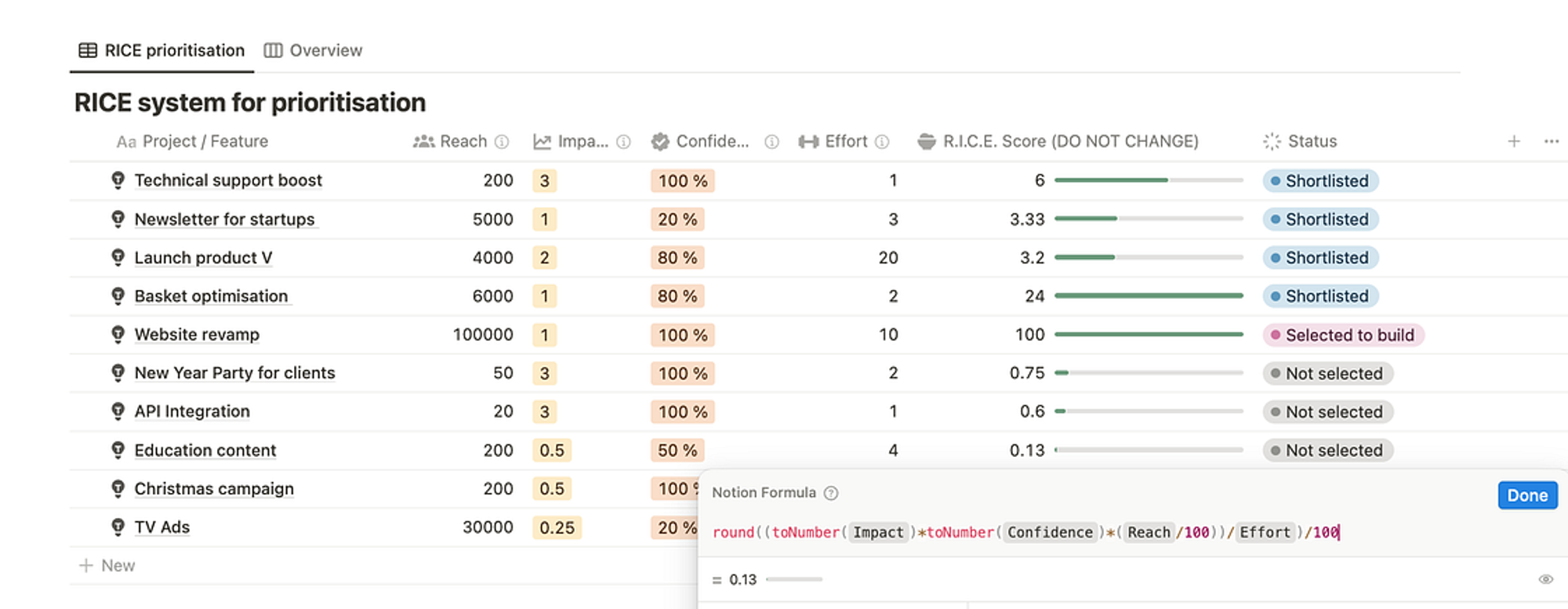
You can use a Notion template and calculate the RICE score. Build your own of get my ready-to-use system for Notion or Google Sheets.
If you have never tried the RICE method, or any similar prioritisation technique, use it step by step. With time, it becomes second nature and you won’t need to calculate the score of items but you would rather keep them as a guiding post. When you prioritise in the future, you will inevitably think about the impact, confidence, cost (or effort).
Step 3: From projects to tasks
There are two schools of thought in management when it comes to projects and task management, depending on the autonomy you give your teams. In my consulting missions, I’ve had clients who wanted a very strict Notion system to assign tasks daily to their team members and automate some recurring tasks. Others placed full trust in their team members, working together to define the scope of the project and participating in steering committees, but otherwise letting their team members manage their own tasks.
You can place yourself anywhere on this spectrum.
I believe in empowering leadership, so my advice would be to build a healthy environment and a robust system in which your team members can perform and succeed with the projects they have been assigned.
Within that logic, make sure to build a system that supports a solid project management framework and trust your team to manage the tasks required to achieve the final outcome of the assigned projects.
The tools to help you (start) getting things done
- Team Purpose: Create a helper or aid to remind your team of the vision.
- Roadmap Template: Use tools like Notion, Excel, or PowerPoint to create a roadmap template that works for your team.
- Project Dashboard: Set up a central hub for your projects and tasks using (get my Notion version).
- Collaborative Team Workspace: Create a dedicated space for your team to collaborate, communicate, and share resources (get my Notion version).
- Ideas Prioritisation System: Grab my RICE template versions for Notion, or Excel.
Summary: Keys to Getting the Right Things Done
In this chapter, we established the following success factors to (start) getting the right things done:
- Define a Clear Team Purpose: Ensure everyone knows why they show up every day and how their work contributes to the bigger picture.
- Prioritise Ruthlessly: Use the RICE framework to focus on the most important work first. Don’t be afraid to say no to low-impact ideas.
- Break Big Objectives into Projects: Large, complex tasks can be overwhelming. Break them down into smaller, more manageable pieces (projects) to help your team make steady progress.
- Delegate Effectively: As a manager, you can’t do everything yourself. Learn to delegate tasks to your team members based on their skills, interests, and capacity. Trust is the key.
- Build a Powerful System: Help your team flourish with the assigned projects.
